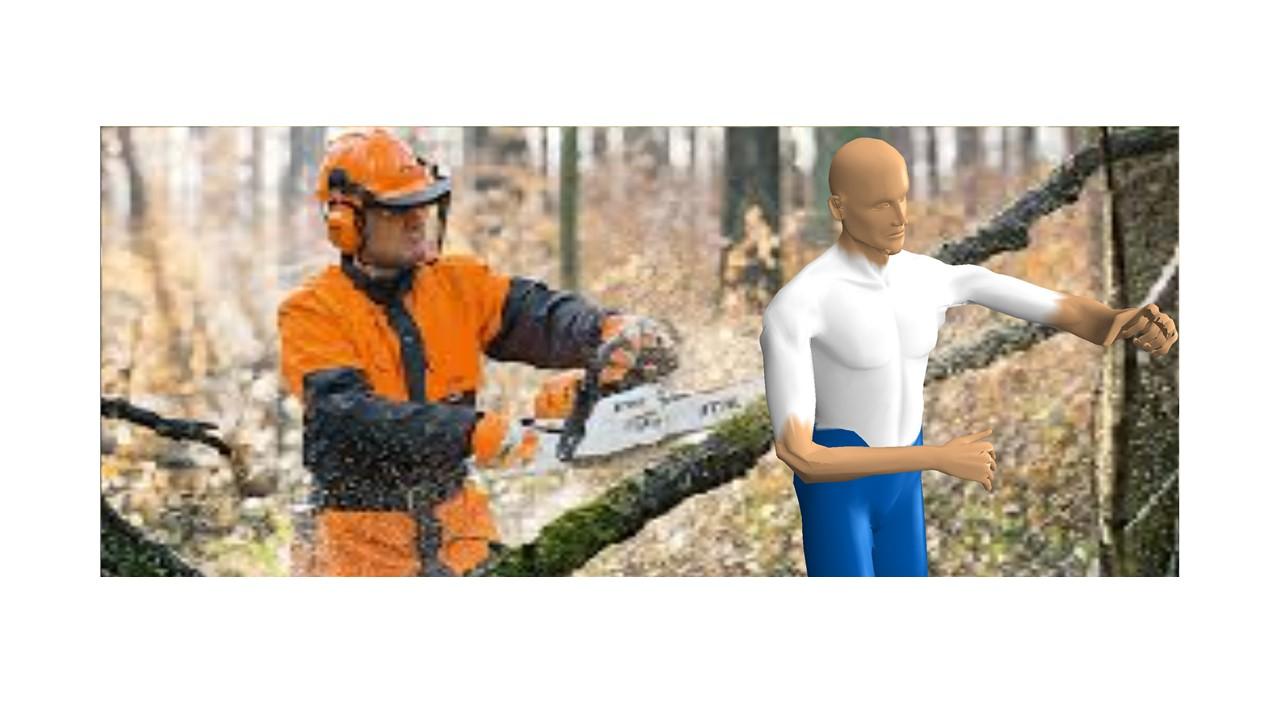(Estimated reading time: 3:10)
The Ontario Ministry of Labour Municipal Ergo Initiative has recently created a focus on encouraging “ergonomic” work practices amongst employees, particularly in public works. Clients have asked us to develop training that will encourage these employees to use safe work practices, and we are hard at work on this project.
We’ve already “built” great hands-on, task-specific ergonomics training for some employee groups. When employees perform the same type of work all day (driving, sitting at a computer, lifting boxes), we can confidently suggest practices that will make their jobs easier. We’ve developed and run these types of sessions dozens of times, for hundreds of employees. Employees learn how to adjust their own workstation, or driver’s compartment, or how to use 15 safe lifting tips that apply in most situations. We recently added a program to train employees how to get the most out of sit-stand workstations.
However, “public works” includes an incredibly broad range of tasks, from driving a zamboni to digging a trench, and from snow blowing to using a jackhammer. A few years ago, we spent quite a bit of time developing hands-on training for utility service reps who use wrenches all day – another specific task. Here’s the approach that we took, with excellent feedback from the client:
- Understand the task. An employee who has to use a chain saw, or load a bag of waste to a truck, or drive a street sweeper, needs to follow some basic steps, in order to accomplish the task effectively and safely. It’s important to start there. Make sure you understand the “common” practices – the way most people do the job, and why.
- Find the best practice “experts” – experienced employees, who might be at a higher-than-average risk of musculoskeletal injury. Seek out the smallest employee, someone who has recovered from an injury, and an older worker. These folks have already identified “tricks” that make the job easier; your job is to get them to share. Some won’t want to, some might have trouble communicating their best practices, and some might be afraid that their “trick” might get them into trouble. Hurdles…
- Once you’ve documented the “common” practices and the potential “best” practices, you should “prove” the best practices. What biomechanical advantage is offered? If you can’t explain it, get help from an ergonomist.
- Confirm that the “best” practice is safe, and doesn’t increase the risk of property damage, or errors. “Best” practices should also be efficient; if a method slows the process down, employees and managers will not want to adopt it.
Once you’ve proven the “best” practices, the next step is to develop training so that all workers can use them. We should teach best practices the same way as we would train someone to change a tire, or make an omelette:
- Describe and show the method.
- Let the trainees try the method. If training doesn’t include practice, it’s not really “training”.
- Give them feedback. If they didn’t get it correct the first time, try again!
Our ergonomists have been trained to take best practice training development from start to finish. For too many years, “ergo” training involved running through the standard “bend your knees” spiel, even for workers who were lifting parts out of deep bins, where the method is not only impossible, but often detrimental. Let’s take the time to truly understand employees’ jobs, and dig for the gold nuggets – the tips that truly protect a worker’s back, shoulders, elbows, wrists….
Call us at 519-623-7733 for help!
- Our October 3 Kitchener Lifting Tips train-the-trainer offers coaching plans to help roll out your own customised training for employees who lift.
- Schedule an ergo training day, offering a variety of hands-on workshops on industrial, office, driving, and lifting. Include our new session for supervisors, to help them fulfil their role in your ergo program.
- Stand by for info on ergo training for public works employees – if you’re interested in participating in development, or being an early test-site for the training, please contact us at info@taylordergo.com


